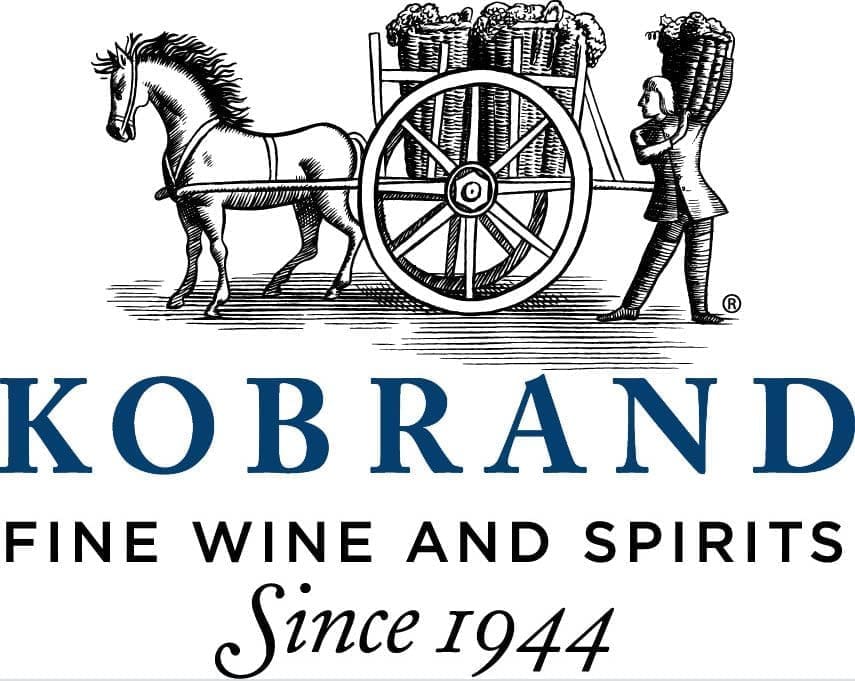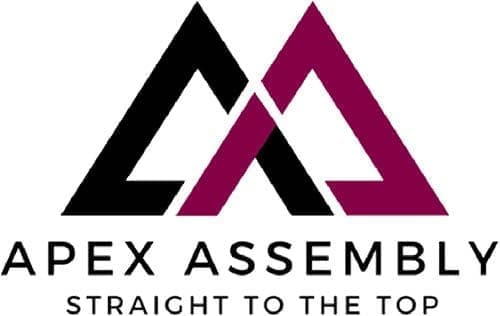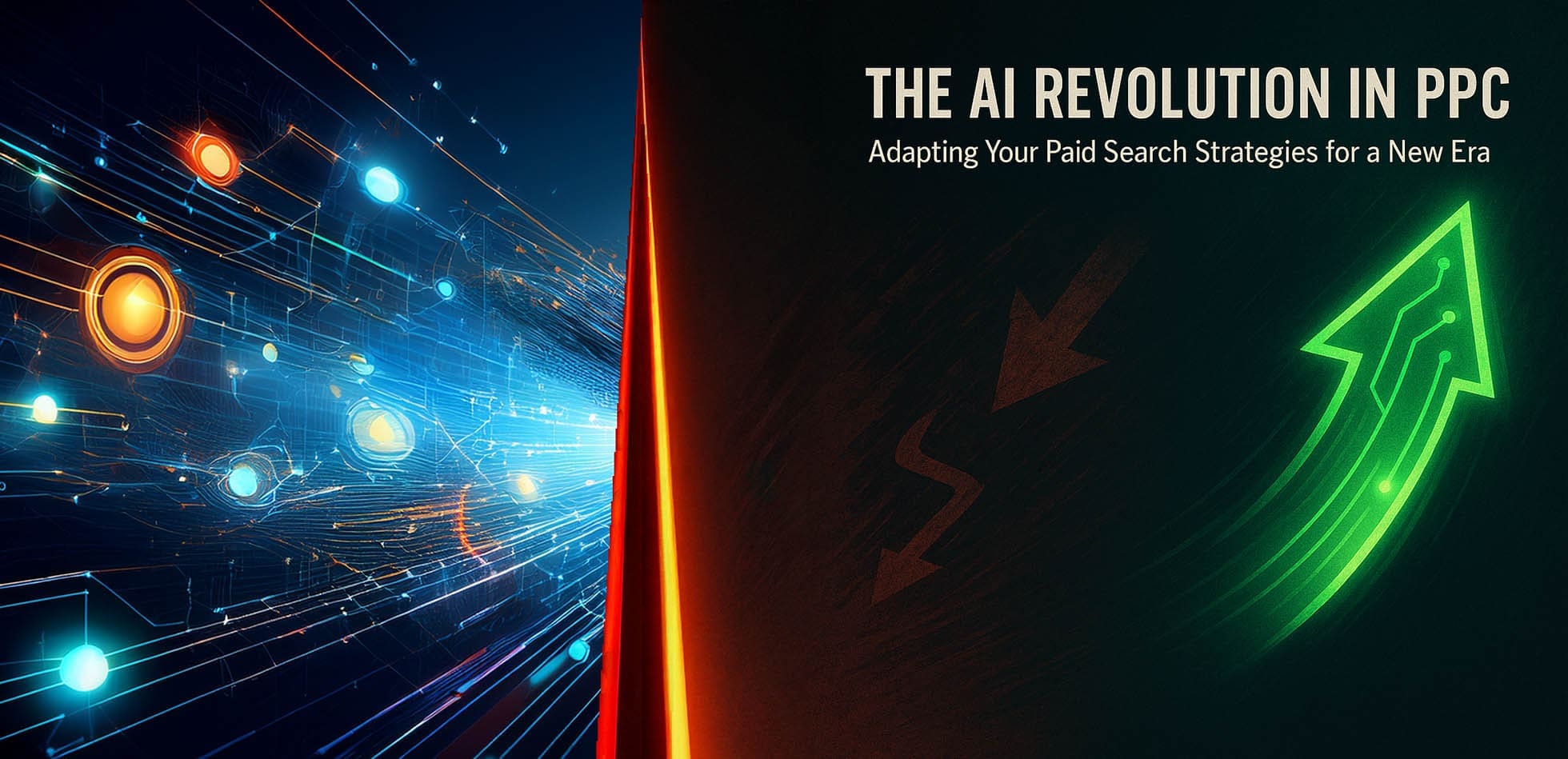Getting Seen by AI: Strategies for LLM Training Corpus Inclusion & Bing Indexation
In today’s digital landscape, the concept of “visibility” has expanded dramatically. Beyond achieving high rankings in traditional search engine results, a new frontier has emerged: ensuring your content contributes to the vast “meta-index” of Large Language Model (LLM) training corpora. For an LLM to truly “know” about your brand, your expertise, or nuanced topics within your industry, that information often needs to be part of its foundational training data or readily accessible through the knowledge bases it consults in real time.
Why does this matter now more than ever? LLMs are no longer confined to powering chatbots. They are integral to search (through AI Overviews), sophisticated content creation tools, business intelligence platforms, and countless decision-making applications. Being “known” and accurately represented by these influential AI systems is rapidly becoming a significant competitive advantage. This exploration will examine proactive strategies to increase the likelihood of your valuable content being included in these extensive datasets, with a particular focus on the often underestimated but increasingly critical role of Bing’s search index in the AI ecosystem. Is your content just visible to search engines, or is it becoming part of the foundational knowledge shaping the AI revolution?
Understanding LLM Training Data: What Are Models Learning From?
To strategize effectively for inclusion, it is essential to grasp the sheer scale and diversity of data that Large Language Models are trained on. We are talking about petabytes, which are quadrillions of bytes, of information. This immense volume includes text, code, images, and other data types, all forming the bedrock of an LLM’s knowledge.
The sources for this data are varied. Public web crawls are pivotal; datasets like those from Common Crawl, a non-profit organization that crawls the web and makes its archives containing billions of web pages freely available, have been leveraged by many foundational LLMs. Beyond public crawls, vast collections of digitized books and literature, spanning fiction, non-fiction, and academic texts (from sources like Project Gutenberg and portions of the Google Books corpus), provide LLMs with diverse language styles and factual information. Academic papers and research from repositories such as arXiv and PubMed Central are crucial for imbuing LLMs with specialized knowledge. News archives offer information on current and historical events, though the freshness of this data in foundational models can sometimes be a limitation. For LLMs designed for code generation, code repositories like GitHub are invaluable. Even social media and forum data, from platforms like Reddit or Stack Overflow, have been used, though this often requires significant cleaning and its use can be controversial. Finally, many AI development companies also curate and use private, often domain-specific, datasets to fine-tune their models.
A key concept to understand is the “snapshot” problem. Many foundational LLMs are trained on a dataset representing the internet up to a certain “knowledge cut-off” date, meaning they might lack information on very recent developments. Retrieval-Augmented Generation (RAG) systems and ongoing fine-tuning efforts are strategies used to mitigate this and provide LLMs with more current information. Furthermore, the raw data ingested for training undergoes extensive filtering. Efforts are made, with varying degrees of success, to remove problematic content and mitigate biases, with signals of content quality and authority likely influencing how different sources are prioritized.
Strategic Pathways to Potential LLM Corpus Inclusion
While no single action guarantees your content becomes part of an LLM’s core training, several strategic approaches can significantly increase the probability.
A primary avenue is the open web, particularly through initiatives like Common Crawl. Its open nature and widespread use in AI research make its indexed content highly likely to be included in various LLM training datasets. To improve your chances of being crawled by Common Crawl and similar general web crawlers, solid overall SEO and technical health are fundamental. Your site must be easily crawlable, indexable, and technically sound. High-quality, original, and substantial content is also far more attractive to data curators than thin or duplicative material. Strong internal and external linking, especially quality backlinks from authoritative sites, increases discoverability. Regarding your robots.txt file, ensure it doesn’t inadvertently block general web crawlers like Common Crawl’s CCBot; allowing well-behaved bots is generally a good starting point. While inclusion is not a guarantee given the vastness of the web, these practices significantly improve your odds.
The Bing ecosystem has also become a critical gateway for AI visibility, primarily due to Microsoft’s deep strategic investments and partnerships in AI, notably with OpenAI and its own Copilot suite. Bing’s search index serves as a vital source of real-time information for Microsoft’s AI products and potentially for other AI tools that leverage its API. Therefore, optimizing for Bing is a prudent strategy. Actively use Bing Webmaster Tools: verify your site, submit your XML sitemaps, and utilize its URL submission tools, which can be effective for quick indexing. Familiarize yourself with and adhere to Bing Webmaster Guidelines, regularly checking for site performance issues and crawl errors. Remember that Bing, much like Google, prioritizes unique, authoritative, and user-centric content.
Strategic guest posting and carefully considered content syndication can also play a role. The goal is to get your expertise and brand voice onto authoritative, frequently crawled domains that are themselves likely to be part of LLM training sets or regularly consulted by RAG systems. Always focus on providing genuinely valuable and original content to high-quality publications. If syndicating content that first appeared on your site, ensure the syndicating site uses a rel=”canonical” tag pointing back to your original article to consolidate SEO authority. Even so, from an LLM training perspective, attributed syndicated content on high-value sites can increase exposure.
Public Relations (PR) and digital news distribution offer another pathway. Press releases distributed via reputable newswire services are often picked up by numerous online news outlets and aggregators, sites typically crawled extensively and included in news datasets for LLMs. This strategy is most effective for genuine company news, such as significant product launches or original research findings. Ensure your press releases are factual, newsworthy, and link back to relevant pages on your site.
For businesses involved in research or generating unique data, academic channels can be potent. Publishing in peer-reviewed journals, presenting at conferences with published proceedings, or uploading pre-prints to reputable servers like arXiv or bioRxiv can place your specialized knowledge into highly trusted sources frequently included in LLM training data.
Finally, do not overlook your own core brand assets. Your “About Us” page is critical; ensure it comprehensively details your organization’s history, mission, values, and expertise, ideally using Organization and Person schema markup. Your company blog should regularly feature expert articles and thought leadership. Detailed, clear product and service pages, enhanced with appropriate schema, also directly communicate to AI about who you are and what you offer.
The Emerging Role of Data Licensing & Partnerships
As the AI field matures, a more formal approach to data acquisition for LLM training is emerging, with some LLM developers actively seeking data licensing deals with publishers and content creators. If your business owns substantial, unique, and valuable datasets, exploring such licensing partnerships could become a viable strategy for both revenue and ensuring your data informs AI. This often involves technical considerations like providing data via APIs or structured feeds and navigates an evolving landscape of ethical and copyright considerations regarding fair use and compensation.
“Nudging” LLMs: Interaction and Feedback
While you cannot directly edit a foundational LLM’s training data post-release, you can influence its behavior in specific instances and contribute to longer-term refinement. Some LLM-powered applications allow for direct interaction, such as providing custom instructions or uploading documents for context. More broadly, utilize feedback mechanisms. Many AI tools, including search engines with AI Overviews and standalone LLM interfaces, include feedback buttons. If an LLM provides incorrect information about your brand or industry, providing concise, factual, and constructive feedback can contribute to the model’s refinement over time. Thoughtful engagement in high-quality discussions on relevant online communities like specific subreddits, Stack Overflow, or reputable industry forums can also sometimes lead to your expertise being captured, provided the platform is well-regarded and its content is crawled.
Assessing Inclusion & Influence: A Challenging Task
It is currently very challenging to definitively confirm if your specific content has been included in a particular LLM’s training corpus, as these datasets are not typically public at that granular level. However, you can use indirect methods and proxies. Regularly query various leading LLMs about your brand, unique offerings, or niche topics where you have published significant original content. Analyze the accuracy, detail, and sentiment of their responses. Does the LLM mention your brand correctly? Does it reflect your unique insights? If it supports citations or web Browse, does it reference your site? Strong visibility in Bing search and accurate representation in Microsoft Copilot can be positive indicators. Additionally, monitor how your brand is discussed in wider AI-generated content. The goal is to increase the probability of influence and look for positive trends over time.
Ethical Considerations & The Future of Content for AI
The use of web content for AI training is a rapidly evolving area with significant ethical and legal discussions surrounding copyright, fair use, and compensation. Mechanisms for websites to signal permissions for AI training use, such as robots.txt directives (for example, User-agent: GPTBot Disallow: /) or emerging standards, are still developing and warrant attention. Amidst the rise of AI-generated content, the value of truly original, insightful, and expert-driven human content will likely increase, as such content is invaluable for both human users and for training higher-quality AI models.
Shaping the Knowledge of Tomorrow’s AI
Ensuring your content is “seen” by AI in the current digital era extends well beyond traditional SEO. It involves a proactive, multi-faceted strategy aimed at increasing the likelihood that your valuable information becomes part of the foundational knowledge of Large Language Models. This is about playing the long game for digital influence. By focusing on creating high-quality, authoritative content, ensuring broad discoverability, and strategically placing your expertise on influential platforms, you significantly increase the chances of your brand and insights being accurately represented and utilized by the AI systems that are increasingly shaping our digital experiences. These concerted efforts will position your business not just to be found, but to actively inform and influence the artificial intelligence of tomorrow.
Clients Who Trusted Us
We establish strong business relationships with our clients and have a vested interest in their success. We pride ourselves in being that trusted partner who our clients can rely on and have the confidence their best interests are being served. Here are just some of the many client partners who have trusted us.












































